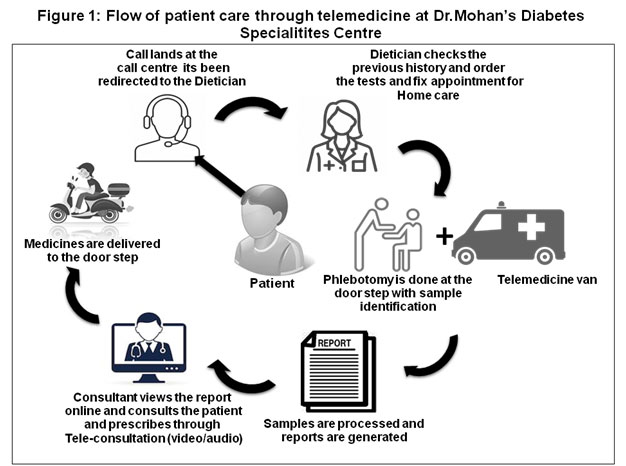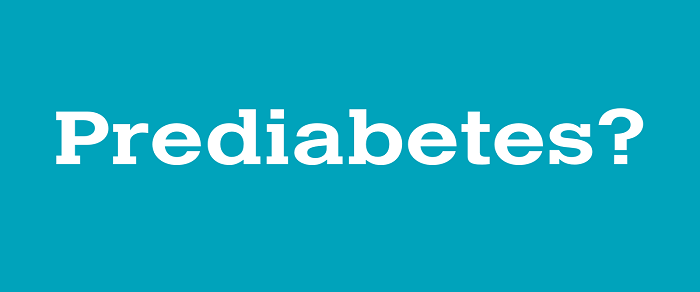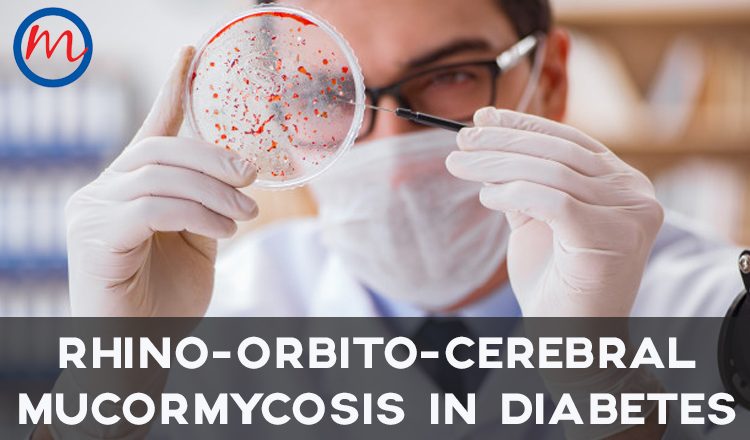Restriction of travel due to the COVID-19 lockdown has created a need for consultation of people with chronic conditions such as diabetes through telemedicine facilities, which have emerged as an efficient and practical alternative to in-person consultations. During the lockdown, telemedicine facilities at Dr. Mohan’s Diabetes Specialities Centre, one of the largest tertiary care centers for diabetes in India with a network of 48 diabetes centers across India were significantly ramped up to improve access to health care, quality of care, and clinical/psychosocial outcomes in people with diabetes.
We conducted a study to look at the impact of the lockdown on our patients. The main focus of this study was to assess the effects of the lockdown on the adoption of new technologies and changes in diabetes in type 2 diabetes patients in India. It was a cross sectional, observational study performed by the research team at Madras Diabetes Research Foundation and Dr. Mohan’s Diabetes Specialities Centre via telephone interview. The research sample comprised a random list of 3,000 type 2 diabetic subjects represents from 10% of the 30,748 individuals who had visited the Dr. Mohan’s Diabetes Specialities Centre in the past year. A structured questionnaire was used to gather information on changes in health behaviors (such as alcohol and tobacco use), health history (medical history of the participants), access and challenges to diabetes care, food commodities, dietary habits, physical activity and sleep pattern, use of telemedicine facilities (including satisfaction with the telemedicine process, consultation etc.), preference of digital support facilities and use of self-monitoring of blood glucose (SMBG) equipment.
TECHNOLOGY AND DIABETES AMID LOCKDOWN
The flow of patient care through telemedicine is shown in the figure below:

The patient calls the tertiary care center, and is directed to the dietitian/diabetes educator, the dietitian checks the previous history and order the tests and fix appointment for home care. Bio specimen collection was performed by trained phlebotomists at the doorstep of the patient in a telemedicine van. Samples were processed, reports are generated and electronic copies are sent to the patient. The Consultant views the report online and consults the patient and prescribes through teleconsultation. Medicines are then delivered to their door step. Of the 2510 individuals successfully interviewed (83.7% response rate), 382 (15.2%) reported having attempted to consult their health care providers during the lockdown, of whom only 30.6% utilized the telemedicine facility. Use of self-monitoring of blood glucose (SMBG) increased significantly to 51.3% during the lockdown. There was also an improvement in glycemic control during the lockdown in a subset of 205 participants who were study. The glycated haemoglobin (HbA1c) decreased from 8.2% before lockdown to 7.7% during lockdown individually that despite all the hardships the control of diabetes actually increased in this.
This study concludes that the acceptance of telemedicine facilities remains suboptimal in the Asian Indian population, in spite of high levels of satisfaction among those who utilized it. The COVID-19 pandemic and the subsequent lockdown have not adversely affected metabolic control at lease in a subset in our patients, and indeed there appears to be an improvement in HbA1c levels. Greater accessibility and acceptance of technology could help individuals with diabetes to maintain better contact with their physicians and ensure better metabolic control in the future, and at the time of emergency situations like these.




